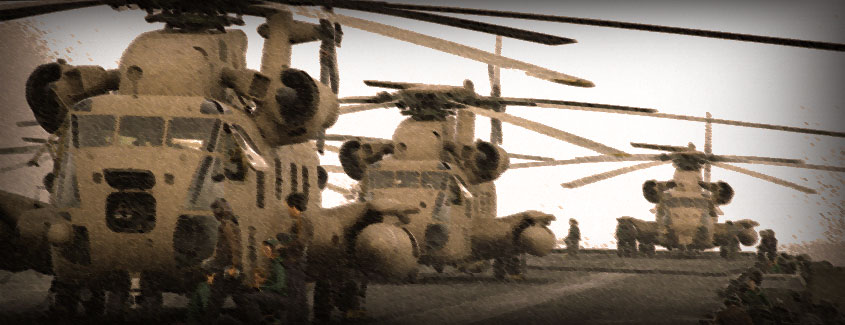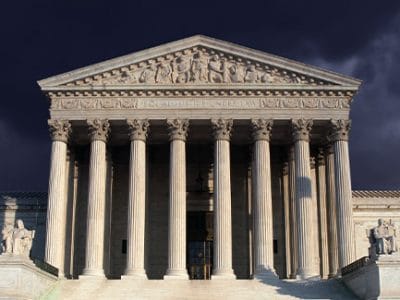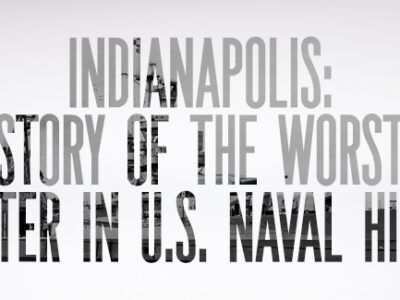
On April 24, 1980, eight RH-53D Sea Stallion helicopters took off from the USS Nimitz, an American aircraft carrier in the Arabian Sea. Thus began Operation EAGLE CLAW, which aimed to rescue the fifty-two American diplomats and expatriates held hostage by Iranian student protestors since November 4, 1979.
The Iran Hostage Crisis was a disaster for President Jimmy Carter’s image both domestically and abroad. Coupled with attacks on other American embassies in the Muslim world and the Soviet invasion of Afghanistan in late 1979, the hostage crisis made him look weak in the eyes of not only Americans, but also the rest of the world. With Ted Kennedy challenging him for the Democratic presidential nomination and a surge in criticism of his foreign policy—especially from conservatives—Carter felt the need to toughen his foreign policy stance.
His solution was the Carter Doctrine, set forth in his 1980 State of the Union address. Carter explicitly stated that the United States considered the Persian Gulf region to be part of its national interests. “An attempt by any outside force to gain control” of the region, he warned, would be countered by “any means necessary, including military force.”
Operation EAGLE CLAW grew out of this rationale.
But not all members of the Carter administration agreed that military action was the best course of action. For example, National Security Advisor Zbigniew Brzezinski waffled on the question of a military operation against Iran: he initially endorsed harsh measures against the Khomeini regime, then backed off the idea of military action after the Soviets invaded Afghanistan, and finally came back around to push for a rescue mission.
Secretary of State Cyrus Vance, on the other hand, consistently and vehemently opposed such an idea. Vance later recalled that he “was convinced that as time passed the chances of physical harm to the hostages diminished.” Even if that were not the case, he reasoned, the very idea of extracting so many hostages from the center of a large city of Tehran struck him as preposterous.
Vance and Brzezinski had a tenuous relationship; while historians have debated the extent to which Carter’s top two foreign policy officials actually clashed, their disagreements came to a head over Operation EAGLE CLAW.
Two weeks before the operation, Vance went to Florida for a long weekend, in hopes of getting some much-needed rest. He suffered from gout and the general and acute stresses of being Secretary of State, and needed a break.
The very next day, Carter and Brzezinski called a National Security Council (NSC) meeting to discuss the question of a rescue mission. At this point, Brzezinski was gung-ho on the idea. Although Warren Christopher, the acting Secretary of State, attended, his role was largely symbolic, as Brzezinski drove the meeting’s decision to go forward with the mission. Shockingly, rather than calling Vance immediately after the meeting, Christopher waited until his boss returned to brief him on the decision.
Vance was predictably furious. When Carter refused to acquiesce to his urgent entreaties to cancel the mission, the nation’s top diplomat tendered his resignation, regardless of how the mission went.
It went horribly.
Not only was the landing zone, codenamed DESERT ONE, apparently not remote enough to avoid drawing Iranian civilian attention, but several mechanical failures in the helicopters proved to be the operation’s undoing. EAGLE CLAW was called off after three of the eight helicopters were rendered inoperable by hydraulic failures and navigation problems.
As the aircraft prepared to leave DESERT ONE, the rotor of a helicopter slashed open the fuel bladder of a C-130 plane, causing a massive explosion. The blast killed eight U.S. personnel and wounded several others.
Thus ended the Carter administration’s abortive attempt to resolve the hostage crisis by military means. The following day, President Carter informed the nation of the failed mission. He acknowledged the role of “equipment failure” in the disaster, but made it clear that “The responsibility is fully my own.” The hostages would remain in captivity until January 20, 1981—the day Carter left office.
But the operation’s significance stretched beyond the immediate implications of a failed military mission. Instead, it marked a turning point in American policy toward the Middle East. Operation EAGLE CLAW was the first offensive American military operation in the region since the 1958 Lebanon Crisis.
Just as the Carter Doctrine reprioritized the Persian Gulf region in American foreign policy, Operation EAGLE CLAW indicated new American willingness to utilize force in the Middle East. It ushered in a more interventionist policy toward the region that extended into the Post-Cold War period. In the years that followed, the United States displayed increasing willingness to use force in the Middle East and North Africa, as seen in the disastrous deployment of U.S. Marines to Lebanon and growing conflict with dictators like Muammar Gaddafi of Libya and Saddam Hussein of Iraq. Unfortunately, Operation EAGLE CLAW, though it had a clear mission (unlike many of the U.S. military operations in the Middle East since), proved to be something of a harbinger for American policy toward the region, which has only become less clear over time.




